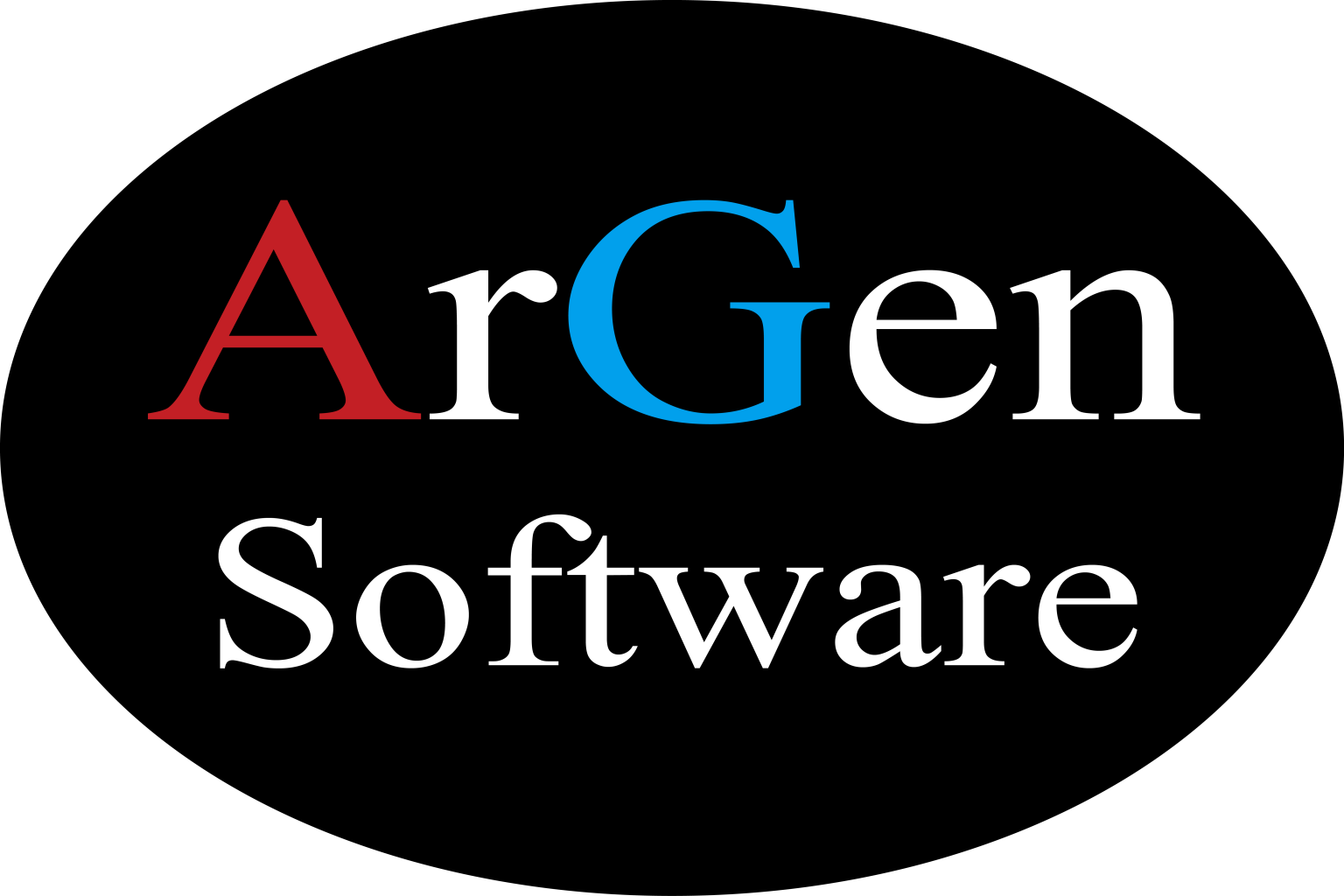Life science analytics is an interdisciplinary field combining the healthcare sector with advanced data analytics, including the use of artificial intelligence (AI), machine learning (ML), big data, and predictive modeling. These technologies are used to harness the immense amounts of data generated in pharmaceuticals, biotechnology, medical devices, and healthcare systems to improve research, clinical trials, regulatory processes, and patient outcomes.
Market Growth:
In 2023, the life science analytics market reached a value of USD 9.0 billion, and it is projected to grow at a CAGR of 8.10% to reach USD 18.1 billion by 2032. This growth is primarily driven by the rise of precision medicine, a surge in healthcare data volumes, and the growing demand for data-driven decision-making in the life sciences sector.
Why is Life Science Analytics Growing?
- The exponential increase in healthcare data from various sources such as electronic health records (EHRs), genomic data, clinical trials, and patient monitoring devices necessitates advanced analytics to process and extract actionable insights.
- The transition from traditional “one-size-fits-all” medical approaches to personalized medicine has accelerated the adoption of data analytics. As personalized medicine requires understanding individual patient data, genomic sequences, and medical histories, analytics plays a pivotal role in identifying precise treatments.
- Pharmaceutical companies are leveraging analytics to accelerate drug discovery, reduce costs, and optimize clinical trial operations.
2. Market Drivers: A Closer Look
AI, Machine Learning, and Big Data Revolution
AI and machine learning (ML) are transforming the life sciences sector by enhancing drug discovery, clinical trial design, disease diagnosis, and even patient care management. These technologies can analyze vast datasets at unprecedented speeds, providing insights that were not possible with traditional statistical methods.
- AI in Drug Discovery:
Drug discovery is typically a lengthy and costly process, taking years and billions of dollars to bring a drug from concept to market. AI speeds up this process by simulating drug interactions with biological targets, identifying potential drug candidates much faster than traditional methods. AI models are trained to predict drug efficacy, toxicity, and biological activity, narrowing down potential compounds and reducing the need for extensive laboratory testing.Example: AI platforms developed by companies like Exscientia and Atomwise are being used to identify novel drug candidates using predictive algorithms.
- Big Data in Clinical Trials:
Clinical trials are often time-consuming and expensive. Big data analytics allows pharmaceutical companies to better design and monitor trials, optimize patient recruitment by using real-world evidence, and reduce costs by predicting outcomes. This can be achieved by combining data from multiple sources such as patient demographics, historical trial data, and medical records.Example: IQVIA is a leader in integrating real-world data to optimize clinical trials, using advanced analytics platforms that can predict patient dropout rates and suggest optimized trial designs.
Rise of Personalized and Precision Medicine
The rise of personalized medicine is one of the primary drivers of the life science analytics market. In this approach, treatments are customized based on individual patient data, including genetic, environmental, and lifestyle factors. This shift from a one-size-fits-all model of healthcare requires vast amounts of data to be processed, analyzed, and acted upon, which can only be achieved through advanced analytics.
- Genomic Data Analysis:
In personalized medicine, genomics plays a critical role. Genomic data, combined with patient history and environmental factors, allows for customized treatment plans. Analytics tools help process and interpret large-scale genomic data to identify genetic mutations, biomarkers, and predispositions to certain diseases.Example: Companies like Illumina and 23andMe are using data analytics to offer insights into an individual’s genetic predispositions, helping medical professionals tailor personalized treatments.
- Pharmacogenomics:
Life science analytics aids in pharmacogenomics, where drugs are tailored to fit the patient’s genetic profile. By analyzing the relationship between genetics and drug response, analytics helps ensure optimal drug efficacy and reduces the likelihood of adverse drug reactions.
Regulatory Compliance and Data Governance
Regulatory bodies like the FDA in the United States and the EMA in Europe are imposing more stringent regulations around data governance, particularly concerning patient privacy and safety. Compliance with regulations like the General Data Protection Regulation (GDPR) in Europe and the Health Insurance Portability and Accountability Act (HIPAA) in the U.S. is becoming a critical priority for life science organizations.
- Data Privacy:
Analytics platforms are designed to ensure data privacy and security, particularly as healthcare and patient data are highly sensitive. Advanced encryption techniques, anonymization of patient data, and real-time security monitoring are being integrated into life science analytics platforms to meet these strict regulatory requirements. - Regulatory Reporting:
Companies must generate detailed reports for regulatory submissions. Life science analytics tools automate this process by collecting and analyzing data from trials, studies, and patient records, making it easier to meet compliance requirements without manual intervention.
3. In-depth Market Segmentation
Types of Analytics in Life Sciences
- Descriptive Analytics:
Descriptive analytics provides a historical overview, helping life science companies understand what has happened in the past. This type of analytics is widely used for reporting, trend identification, and understanding clinical trial results.Example: Pharmacovigilance departments use descriptive analytics to track adverse drug reactions over time, identifying patterns that could indicate safety concerns.
- Predictive Analytics:
Predictive analytics forecasts potential future outcomes based on historical and real-time data. This is critical for anticipating drug efficacy, clinical trial success, and patient outcomes. It uses statistical models, machine learning, and data mining techniques.Example: Predictive models in drug development can help determine which compounds are most likely to succeed in clinical trials, reducing the risk of failure.
- Prescriptive Analytics:
Moving beyond predictions, prescriptive analytics provides actionable insights and recommendations. For instance, it may suggest which trial protocols will yield the best results or optimize patient treatment pathways.Example: Prescriptive analytics tools are used in precision oncology to recommend treatment options tailored to the genetic profile of the patient.
Applications in Life Sciences
- R&D and Drug Discovery:
Analytics plays a significant role in accelerating research and development (R&D) in the pharmaceutical industry. It helps in target identification, molecule discovery, and clinical trial optimization.Example: Pfizer uses analytics to streamline R&D, which has significantly reduced the time required to bring new therapies to market.
- Sales and Marketing:
Life sciences companies use analytics to optimize sales strategies, understand market demand, and predict drug uptake. Analytics allows sales teams to focus on high-potential regions and healthcare professionals based on predictive models. - Regulatory Compliance:
Analytics platforms help ensure compliance with regulatory frameworks, particularly in reporting and post-market surveillance. Pharmaceutical companies need to constantly monitor drug efficacy and safety once they enter the market, and analytics tools provide real-time insights to ensure regulatory adherence.
4. Detailed Overview of Key Trends in Life Science Analytics
Real-World Data (RWD) and Real-World Evidence (RWE)
One of the most impactful trends in life science analytics is the use of real-world data (RWD) and real-world evidence (RWE). RWD refers to data collected from real-world sources like electronic health records (EHRs), claims data, and patient registries. RWE is derived from analyzing RWD and provides insights into the effectiveness and safety of therapies in real-world settings.
- Use in Drug Development:
RWD allows pharmaceutical companies to complement clinical trial data with real-world information. This gives a more comprehensive understanding of how a drug performs outside the controlled environment of a clinical trial.Example: The FDA and EMA now increasingly accept RWE in regulatory submissions, recognizing its value in post-marketing surveillance and long-term patient outcomes.
- Use in Clinical Trials:
RWD helps in patient recruitment for clinical trials by identifying potential participants based on historical data. This shortens the recruitment process and improves the likelihood of trial success by selecting more appropriate candidates.
Cloud-Based Analytics Solutions
The migration to cloud-based analytics is transforming how life sciences companies manage their data. Cloud platforms offer scalability, real-time collaboration, and reduced infrastructure costs, making them an essential component of life science analytics.
- Scalability:
Cloud infrastructure allows companies to scale their analytics capabilities as the volume of healthcare data grows. Instead of investing in expensive on-premise infrastructure, companies can scale up or down based on their current needs.Example: Amazon Web Services (AWS) and Google Cloud provide cloud solutions tailored to the healthcare and life sciences sectors, enabling companies to securely store and analyze large datasets.
- Collaboration:
Cloud platforms facilitate global collaboration among researchers, clinicians, and regulatory bodies. Teams from different parts of the world can access the same datasets in real-time, enabling faster decision-making and more coordinated R&D efforts.
5. Competitive Landscape: An In-depth Look at Major Players
Accenture PLC
- Accenture is a global consulting company that offers a range of analytics solutions for life sciences companies. Their focus is on integrating AI and machine learning into R&D processes to accelerate drug development and enhance clinical trials.
IBM Corporation (Watson Health)
- IBM Watson Health leverages AI-powered analytics to process vast amounts of healthcare data. Watson Health has been a leader in integrating machine learning algorithms into clinical trial data, offering predictive insights and personalized treatment recommendations.
Cognizant Technology Solutions Corp
- Cognizant offers end-to-end digital solutions in the life sciences industry, focusing on drug development, regulatory compliance, and pharmacovigilance. They integrate AI into healthcare data analytics, helping companies streamline R&D and optimize their marketing strategies.
6. Future Outlook: Emerging Opportunities in Life Science Analytics
AI-Driven Insights and Predictive Analytics
The future of life science analytics will be characterized by AI-driven insights, machine learning algorithms, and predictive models that will continue to enhance drug discovery, clinical trials, and patient care. With further advances in AI, life sciences companies will be able to automate more complex decision-making processes, leading to faster drug approvals and more efficient clinical trial designs.
- Advances in Natural Language Processing (NLP):
NLP technologies will play an important role in analyzing unstructured data, such as clinical notes, patient surveys, and medical literature, making it easier for companies to draw insights from non-traditional data sources. - Precision Medicine and Genomics:
The integration of genomics and analytics will continue to be at the forefront of personalized medicine. Predictive models will help identify genetic markers for diseases, enabling earlier interventions and more precise treatments.
Real-World Data and Real-World Evidence
Real-world data will become even more central to decision-making, influencing drug pricing, market access, and post-market surveillance. Pharmaceutical companies will increasingly rely on RWD and RWE to support regulatory submissions and accelerate drug approval timelines.
Expansion into Emerging Markets
As emerging markets like Asia-Pacific and Latin America invest heavily in healthcare infrastructure, the demand for life science analytics will continue to grow. Companies that focus on regional partnerships and the adoption of localized analytics solutions will have significant opportunities for growth in these markets.








